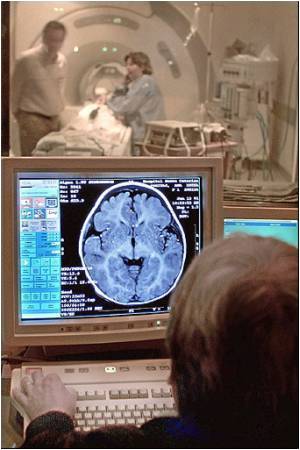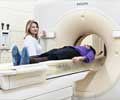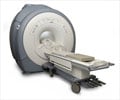
In a report published online June 14 in the journal Pediatrics, Strouse and team describe the results of what they believe is the largest study to date of the frequency and type of unexpected brain findings in children who get MRI tests for reasons unrelated to these benign anomalies.
The most common reasons for MRI testing in children are seizures and headaches or as a prerequisite for enrolling in certain studies. The patients in the Hopkins study, all of whom had sickle cell disease and were predominantly African-American, had brain MRIs before enrolling in a research study about their condition. The investigators emphasize that none of the brain anomalies discovered in the study were related to the patients' underlying condition, meaning the findings may apply to healthy children in general.
Of the 953 children, ages 5 to 14, in the study, 63 (6.6 percent) had a total of 68 abnormal brain findings. None of the children required emergency treatment or follow-up, and only six children (0.6 percent) needed urgent follow-ups. The urgent findings involved changes suggestive of slow-growing tumors and a structural defect called Chiari malformation type 1, in which brain tissue extends into the spinal canal. None of the six children with urgent findings had any clinical symptoms suggestive of the anomalies.
Because stumbling upon such unexpected findings — especially ones of unclear clinical importance — can lead to more, often unnecessary, tests and fear, the Hopkins study highlights the need for pediatricians to prepare for such discussions, Strouse says. And in the absence of guidelines on how to deal with such findings, many pediatricians, Strouse adds, feel so unprepared that they may forego the discussion altogether and simply refer the patient to a neurologist or a neurosurgeon for consultation.
"Helpful as it is, imaging technology can open a Pandora's box, sometimes showing us things we didn't expect to see and are not sure how to interpret," says lead investigator Lori Jordan, M.D., Ph.D., a pediatric neurologist at Hopkins Children's.
Advertisement
Source-Eurekalert













